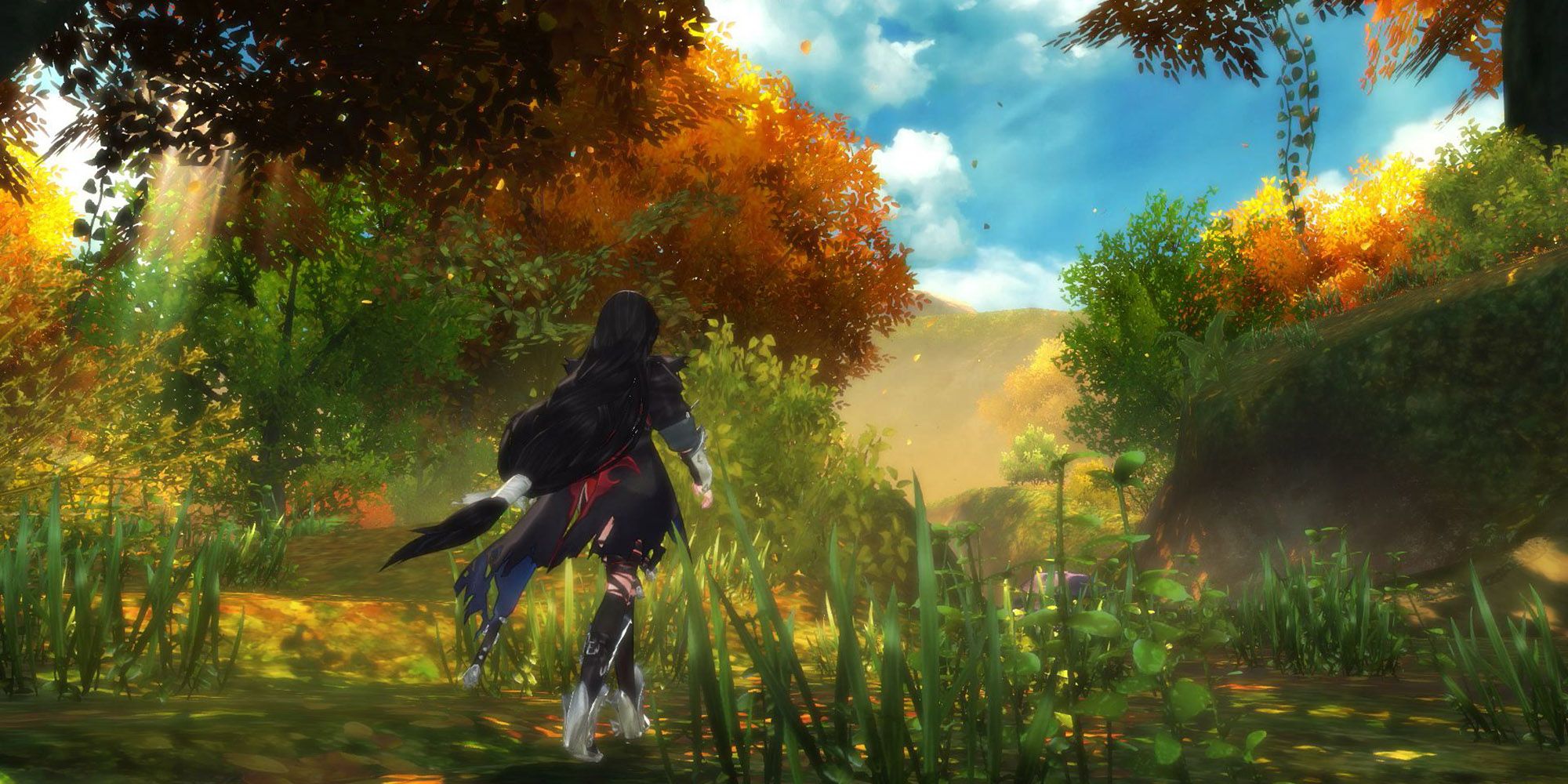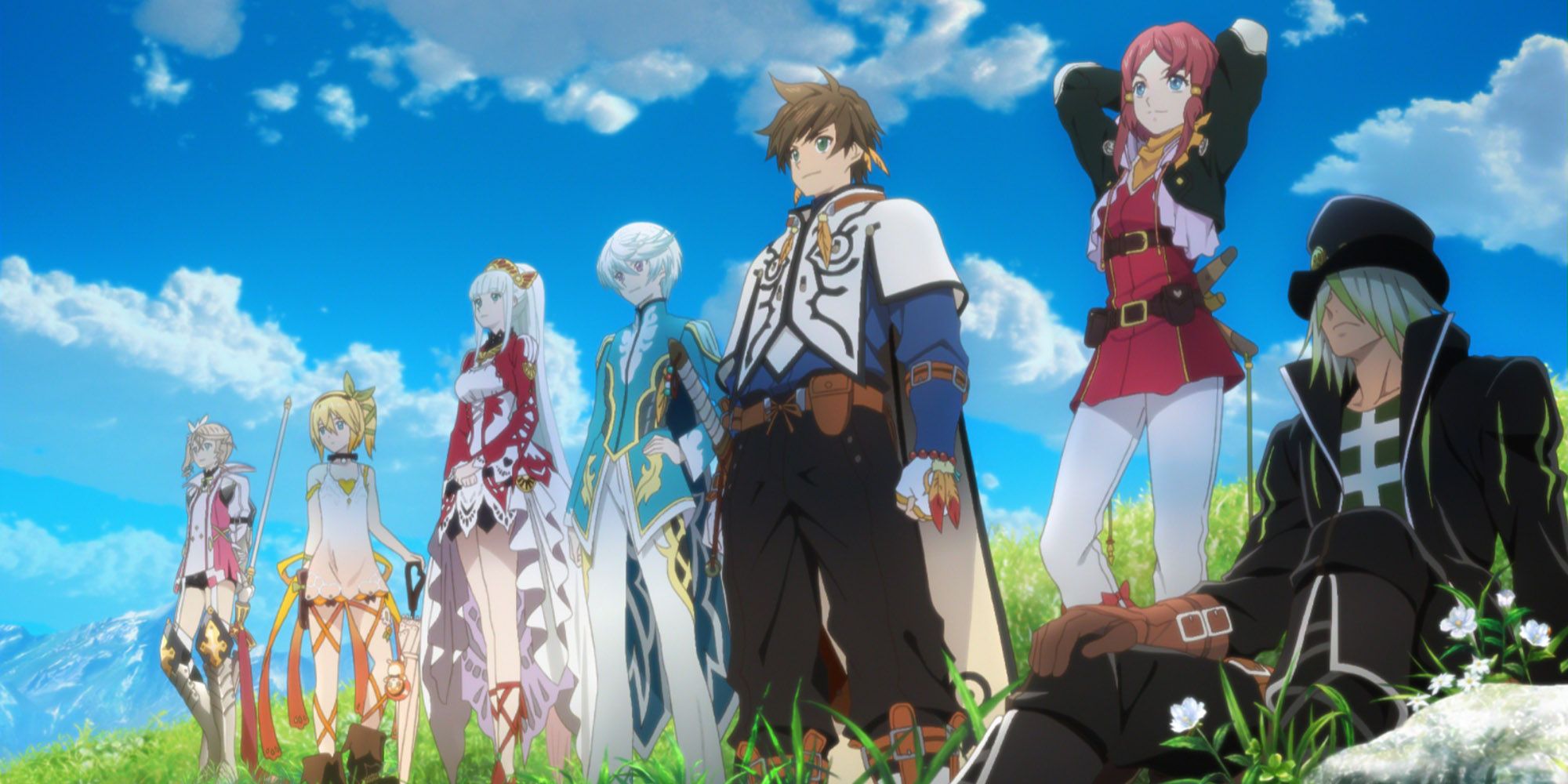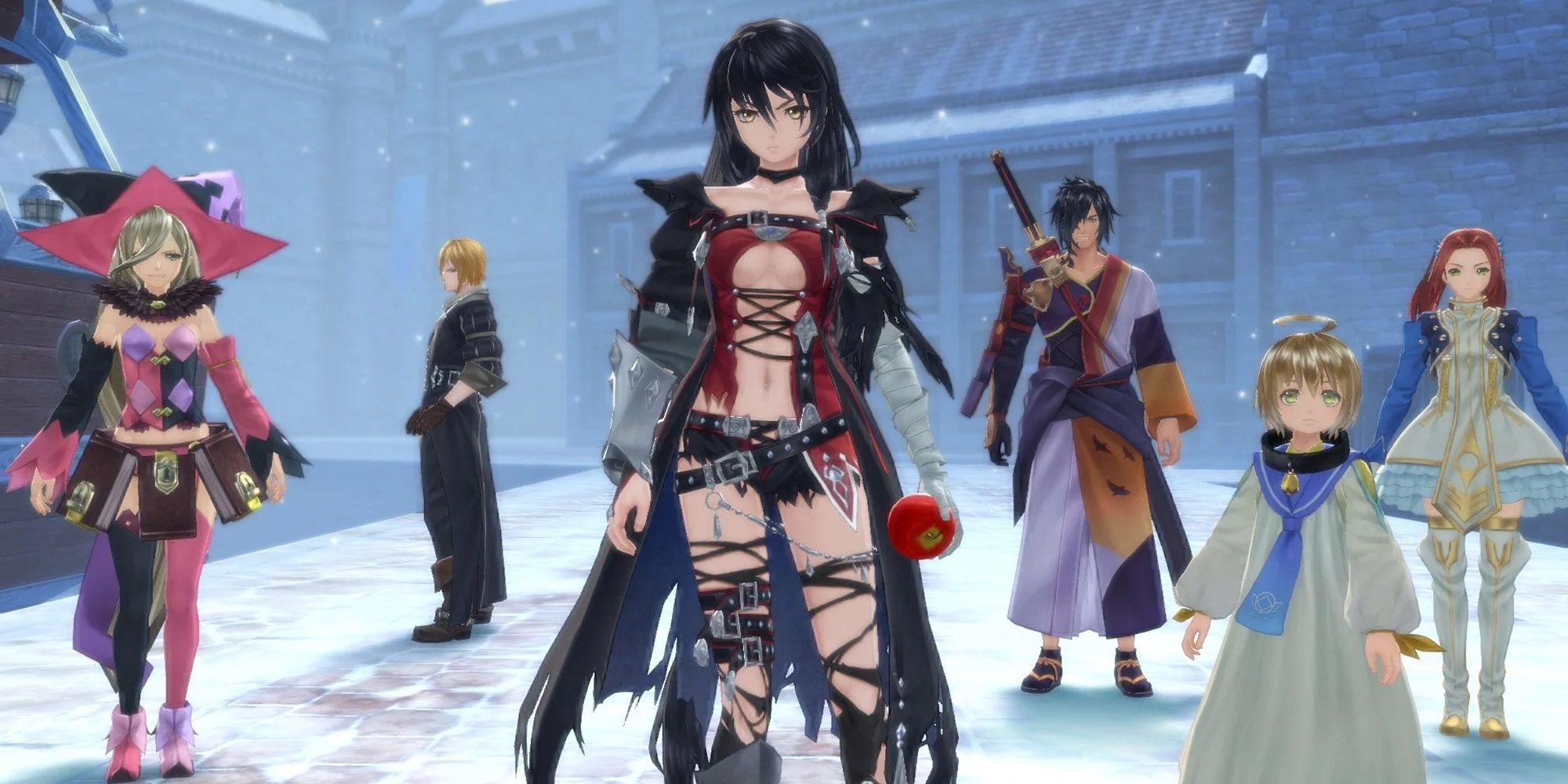
The Tales of Series is a collection of JRPGs with similar mechanics and art styles by Bandai Namco. Although games in a series are usually tied together, each Tales game has its own story and is generally set in their own world with its own set of rules. However, since Tales of Symphonia got a sequel, there have been a few other Tales games with connections outside of fan service nods, such as Tales of Berseria and Tales of Zestiria.
Zestiria didn't receive the greatest of praise from fans. It was still a good game overall, but it lacks some features compared to others in the series, and its lore can be a bit vague. A year later, Berseria released as a prequel to Zestiria and filled in many of the gaps in Zestiria's lore. In both games, there are also bits of lore from a third Tales game, Tales of Phantasia. There's quite a lot of fan theory that all three games may be tied together, with Phantasia being the earliest in that world's history.

It's not clear that Phantasia is meant to be part of the same world as Berseria and Zestiria, and since Phantasia was the first Tales game released, it obviously has no nods to other games. However, more recent games drop a lot of hints about them taking place in the same world. It should also be mentioned that Phantasia is all but confirmed as being a prequel or sequel, with some debate, to Tales of Symphonia. This would make these games the largest set of connected Tales games. Zestiria is more self-focused, taking place years ahead of Berseria and seemingly disconnected from Phantasia. Berseria, however, has plenty of lore linking it to the same world.
One of the first hints that the games are connected is a party member's item. Eizen, a pirate, carries a coin he's tied to, but it isn't an ordinary coin. There is a skit in-game where other characters mention it's unusual and ask where he came across it. He explains that he and the crew found a land from a long-forgotten civilization on a journey across the sea, one whose technology is sometimes spoken of throughout the game in other situations. They explored, looking for treasures and things of interest to haul back, and one of them was this coin. According to Eizen, one side has the face of a goddess named Martel and the other the face of a ruler named Dhaos. Martel, the head's side, was the spirit of the Tree of Mana at the end of Tales of Symphonia and appeared in Tales of Phantasia with the same tree. Dhaos was the main villain in Phantasia and did rule a country for a time and came from the planet/meteor Derris-Kharlan.
Some have speculated this is a simple fan service reference as Eizen's voice actor also played Dhaos from Phantasia and Yuan from Symphonia, but the skit isn't some optional out-of-the-way find. It's a mandatory one that happens on the main story path. That the civilization was advanced also references Phantasia since it had fallen civilizations with advanced technology (magitechnology) in the past. Magitechnology was also a major part of Symphonia. Dhaos is also mentioned after finding a book about the world's history, specifically something called the Era of Darkness. It could very well be that Phantasia/Symphonia and Berseria and Zestiria take place in the same world on different continents.

Another piece of evidence is a major part of Berseria and Zestiria's plot and has a minor role in Phantasia. In Berseria and Zestiria, there is something called Malevolence which turns humans into Daemons and Malak's, a sort of spirit race, into dragons when too much is absorbed. In Zestiria, it appears as a miasma to those who are sensitive to spirits and the Blight. The main plot of the game is to rid the world of it or at least contain it. In Phantasia, a similar miasma exists in a certain area of the game, affecting humans but much more so Summon Spirits or spirits linked to them. While it doesn't actively turn people into Daemons, neither does Malevolence in a way. Most people in Zestiria see Daemons as bad humans, and it may be the same for spirits in Phantasia. This daemonic miasma exists in all three games.
The last major piece of evidence for this theory is part of a bread crumb side quest. After gathering several other ingredients, the final one is said to be a tricky one as it's the leaf of a world tree. However, the characters come across someone else who managed to find one, which means a world tree exists. This tree is never encountered, but it means one clearly exists within Zestiria and Berseria's world but likely not on the same continents the game takes place. As mentioned, Phantasia and Symphonia both have world trees.
On the opposite side of the debate, fans say much of the evidence is simply nods to other games in the series, and it's not the first time it's been done. However, it's almost exclusively done inside quests or other content which is unimportant and has no relation to the rest of the game. There's plenty of evidence to support the theory that these games may be in the same world, including the fact that the world's workings changed in all of them. It's still a hot debate in the Tales timelines.
0 Comments